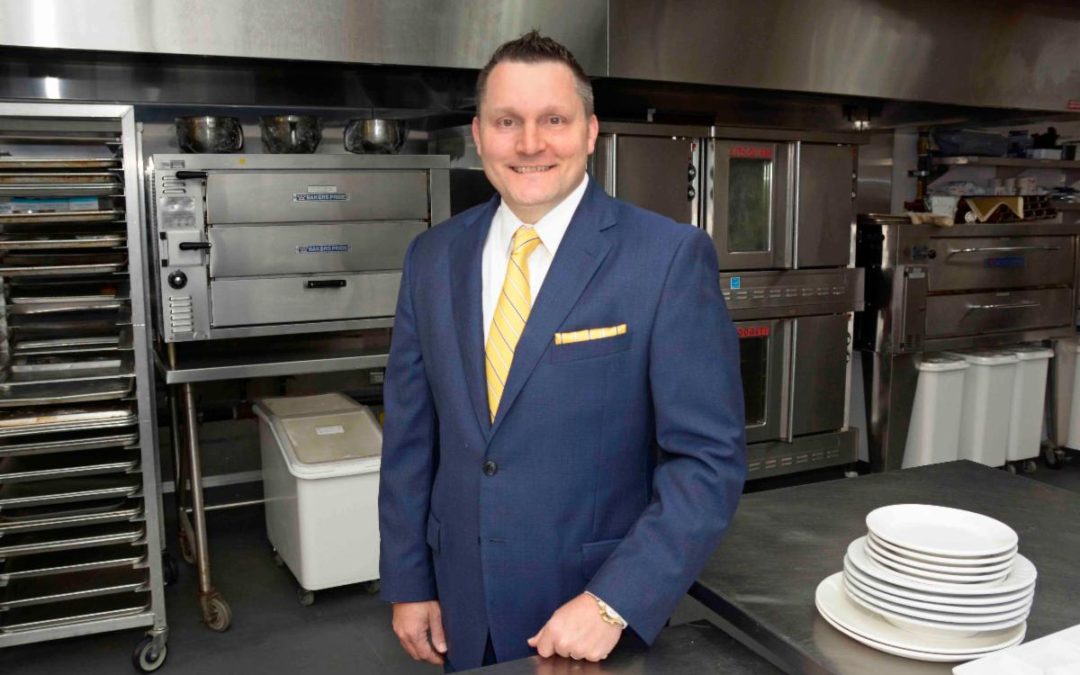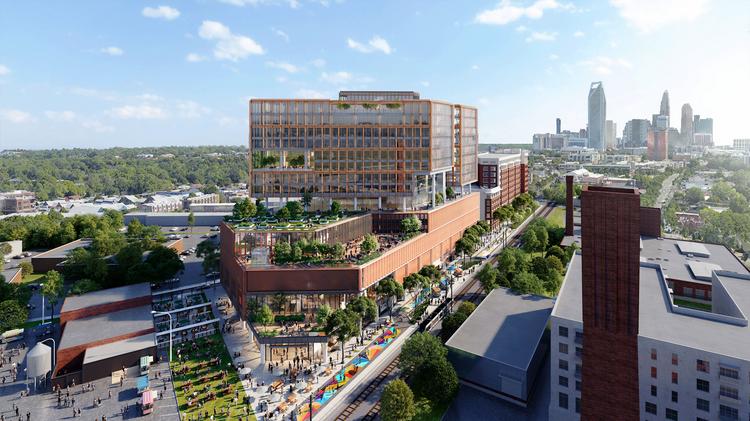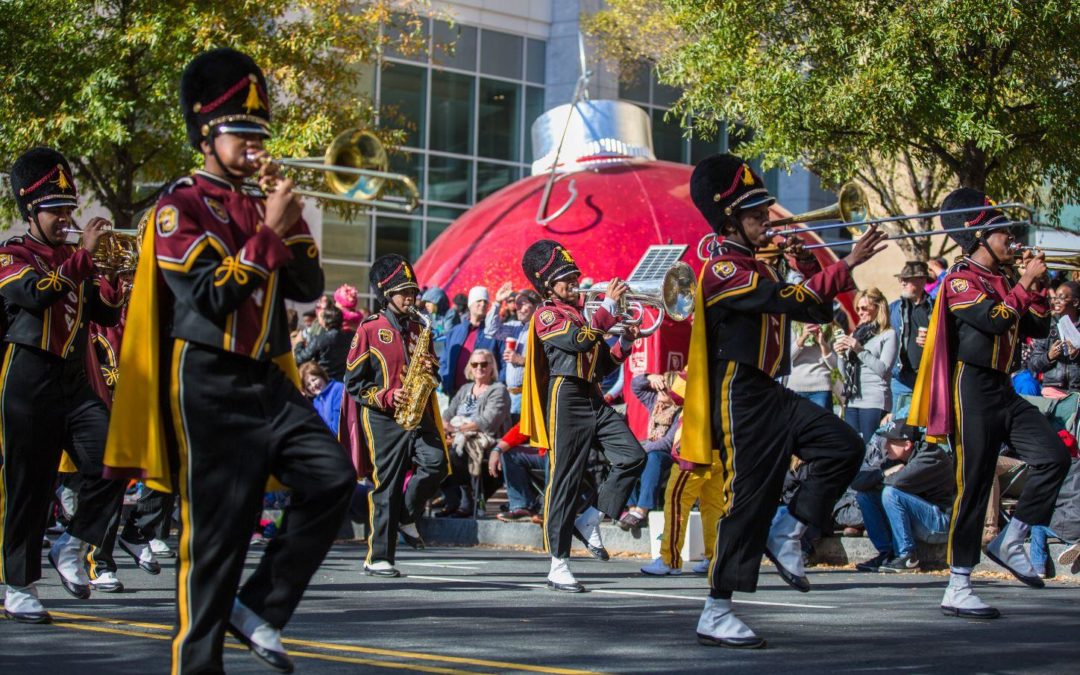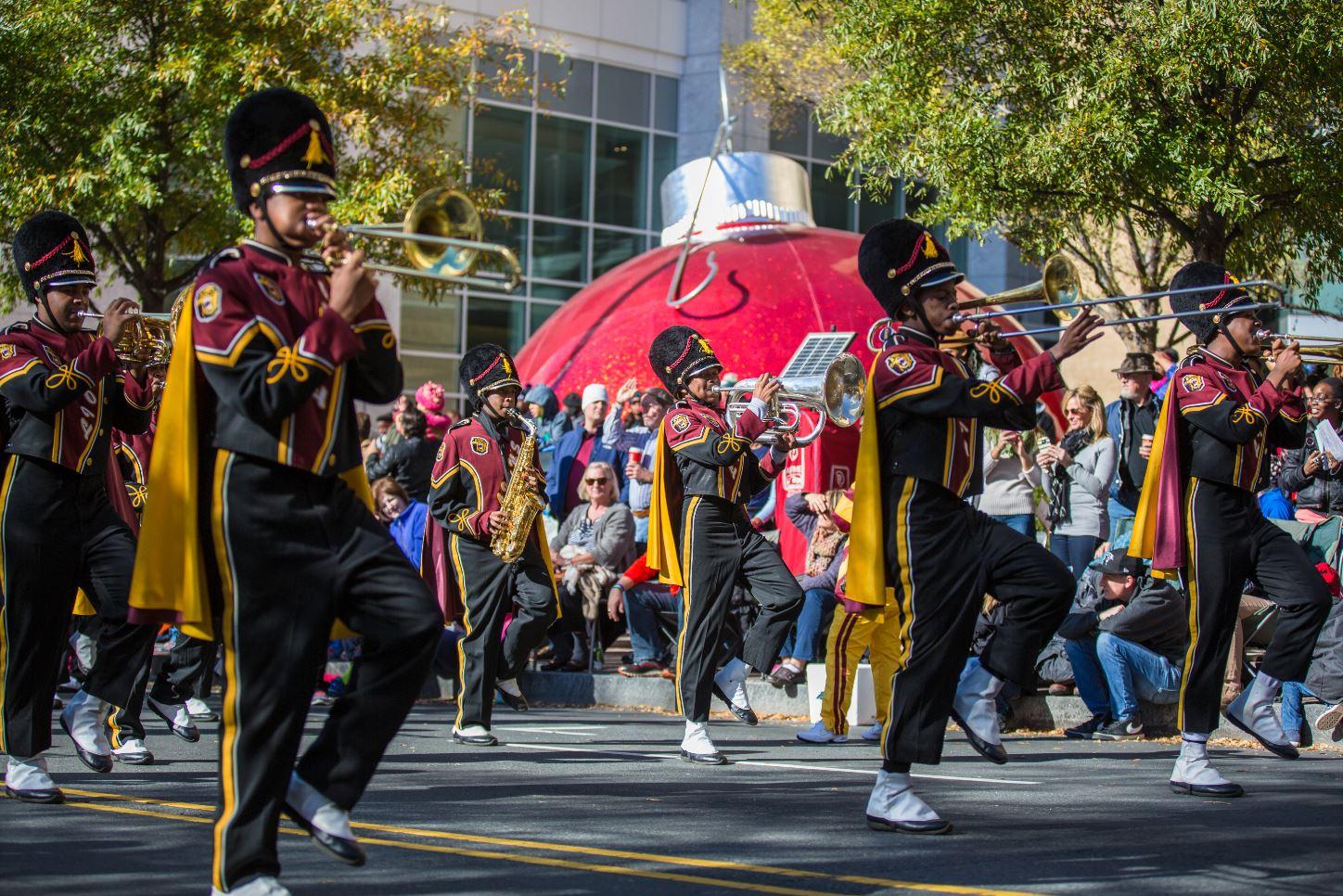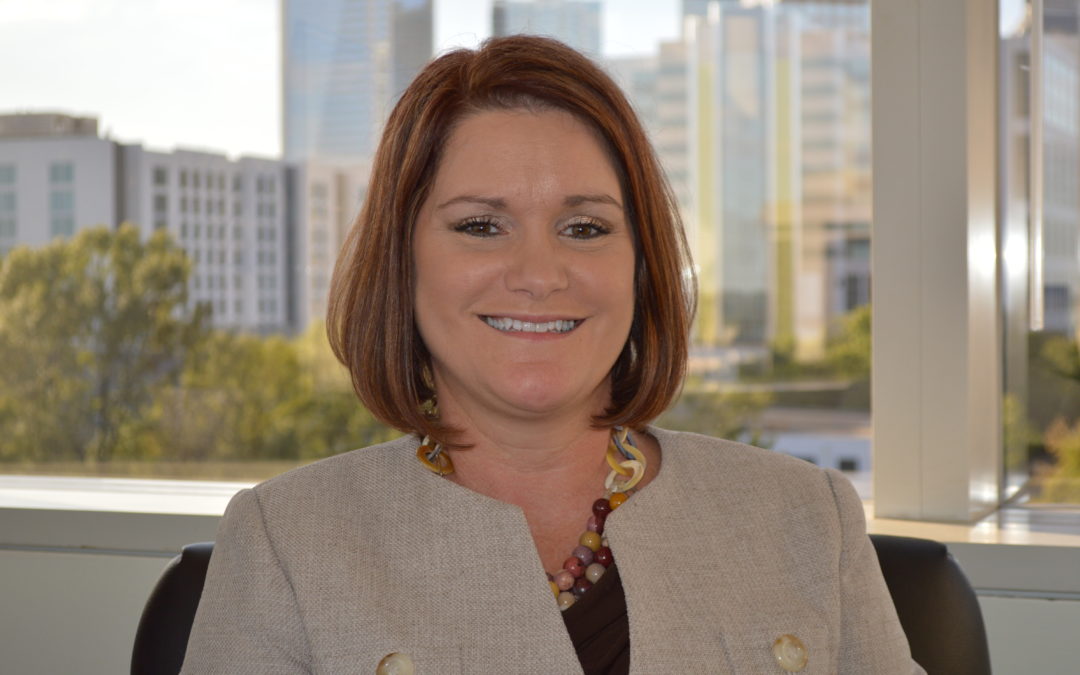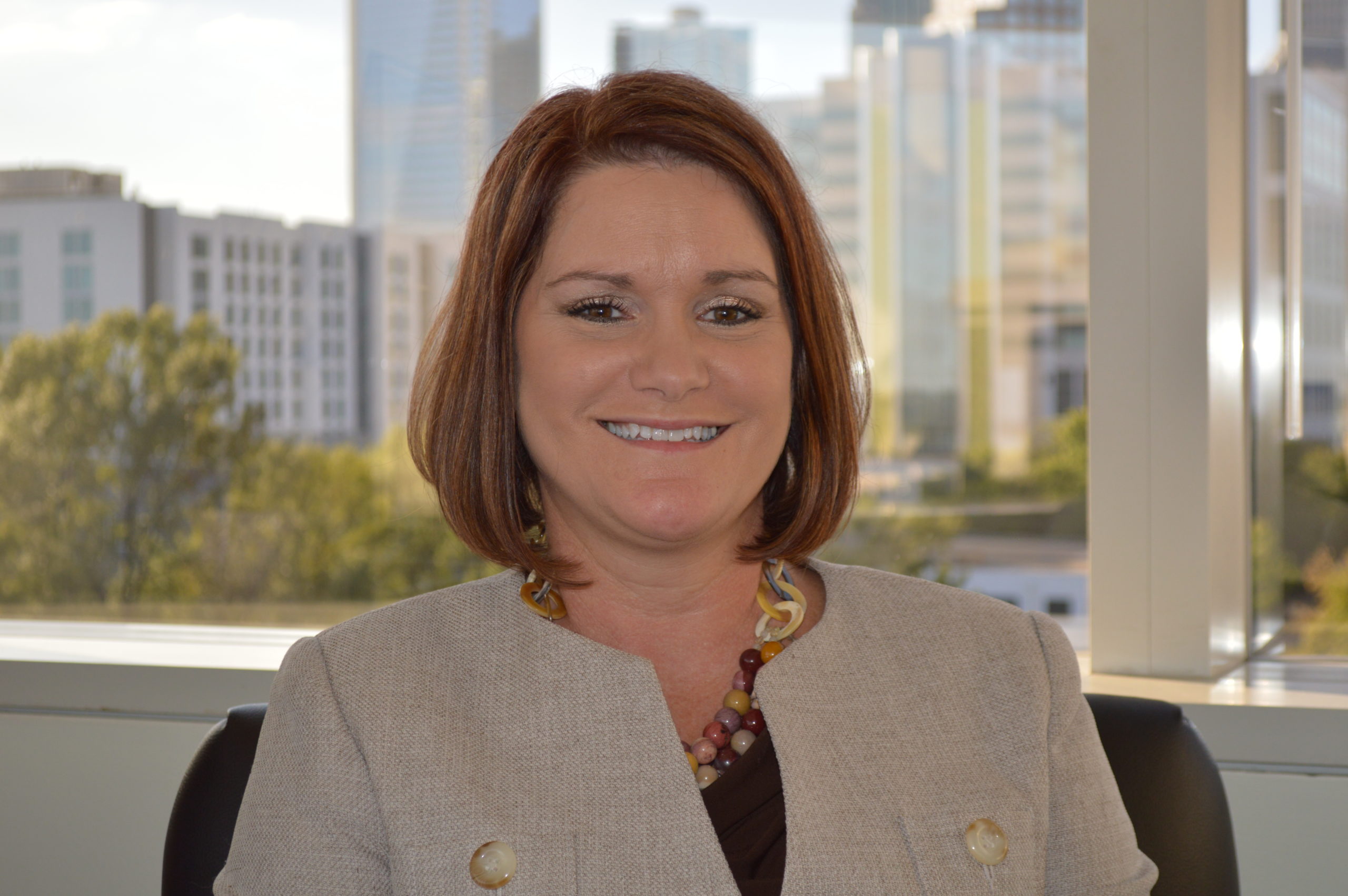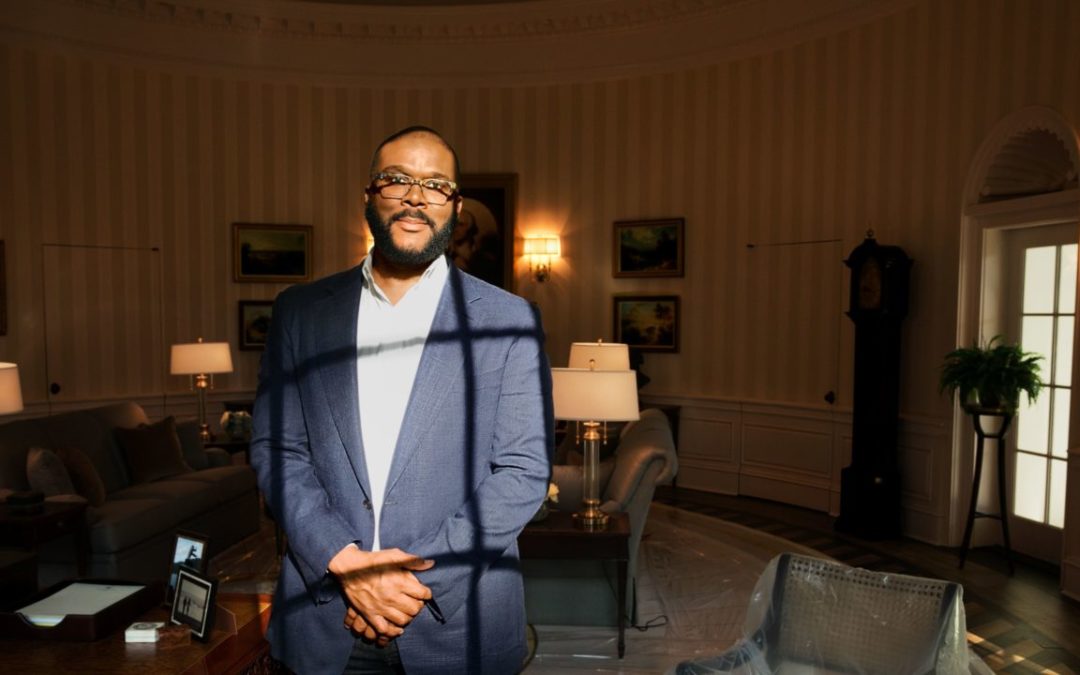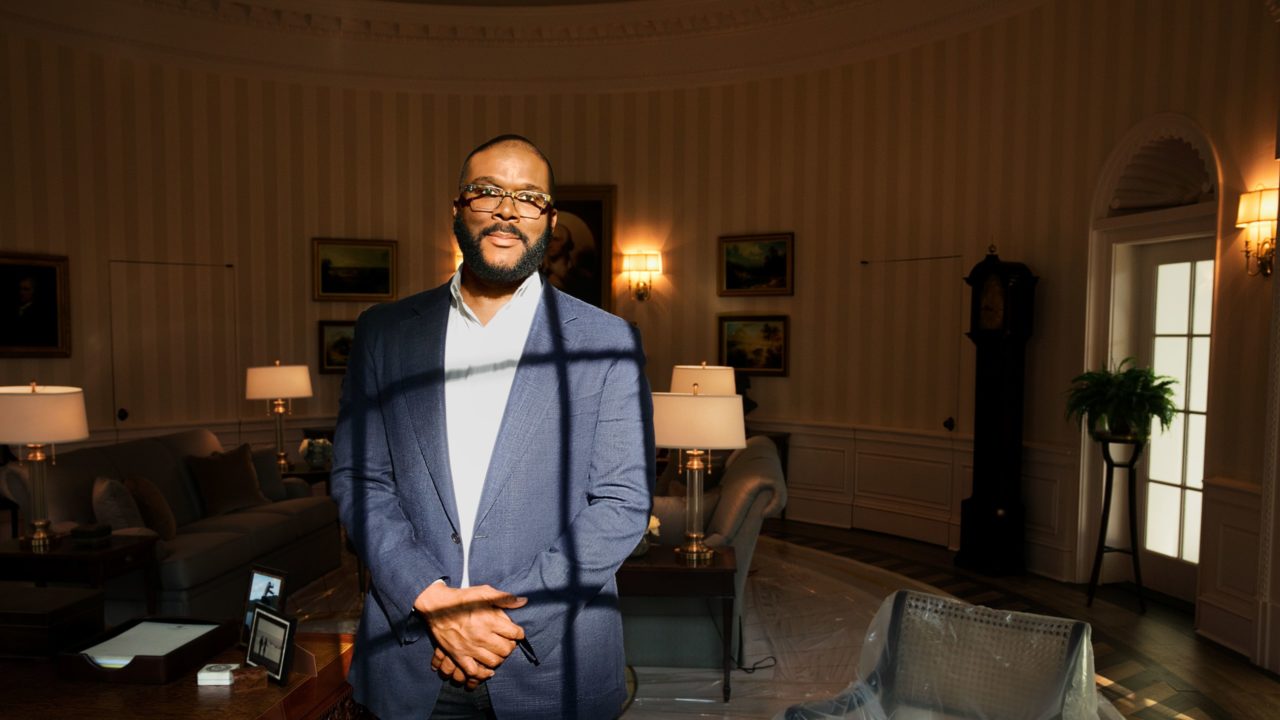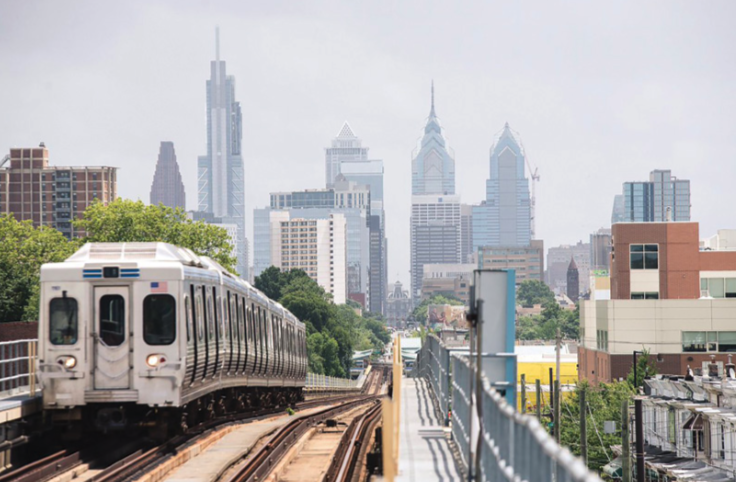
Philadelphia, South Jersey Prioritize Transit, Affordability, Sustainability in 2020
By: Sara Warden

2 min read December 2019 — Although under slightly different time frames, both South Jersey and Philadelphia’s local and state governments are prioritizing investment in three key axes for the coming years: transit, affordability and sustainability.
In 2011, Philadelphia’s City Planning Commission outlined Philadelphia2035, a comprehensive plan for managing growth and development in the city. Updated every year, the first phase includes a Citywide Vision, that encompasses broad planning goals, while the second phase will build upon these with specific policies related to 18 different planning districts. The program invites public and private investment for the development of the city over the medium term. The blueprint is based on three key themes: Thrive, Connect and Renew.
According to the 2035 planning document, the Thrive element will focus on promoting affordability in housing, strong neighborhood centers, economic development and land management. Connect will center around improving transportation and utilities, including transit, streets and highways, ports, airports and rail. Finally, with an eye on sustainability, Renew is all about creating more open spaces, effective use of water resources, air quality and historic preservation.
“Philadelphia 2035 envisions a city with an expanded transportation network that better connects home and workplace; ensures convenient access to sources of healthy food; supports the productive reuse of vacant land; and provides modern municipal facilities that serve as the anchors of strong neighborhoods,” said former City Mayor Michael Nutter when launching the plan in 2011.
The new year was already off to a good start for the City of Brotherly Love even before the calendar turned. National Geographic Traveler in November named Philadelphia one of the top 25 must-visit destinations in the world in 2020.
And across the Delaware, South Jersey faces many of same issues are at the top of Gov. Phil Murphy’s priority list. The four pillars of the 2020 budget signed in June 2019 include creation of over $1.1 billion in sustainable savings, stabilizing New Jersey’s credit-worthiness and ensuring tax fairness for the middle class. This foundation will support the final priority of investments in education, infrastructure – in particular NJ TRANSIT – and an innovation-driven economy.
“The budget enacted today is a victory for working families in New Jersey in many different ways—it supports middle-class priorities, invests in education, makes a record investment in NJ TRANSIT, provides property tax relief, and so much more,” said Murphy when he signed the budget into force.
But Murphy also has his eye on further priorities to strengthen the 2020 plan amid more effective tax revenues. “This is a budget that does not include tax fairness, does not ask opioid manufacturers to help fund addiction services, and does not raise gun fees that have been untouched since 1966,” he said. “These common-sense revenues would have allowed us to save for a rainy day and sustainably fund necessary investments for New Jersey’s nine million residents.”
To learn more, visit:
https://www.phila.gov/departments/philadelphia-city-planning-commission/
https://www.jerseycitynj.gov/cityhall/mayorfulop


